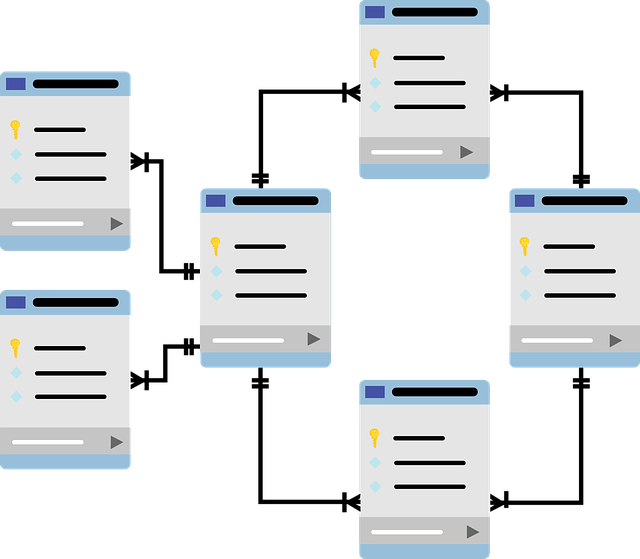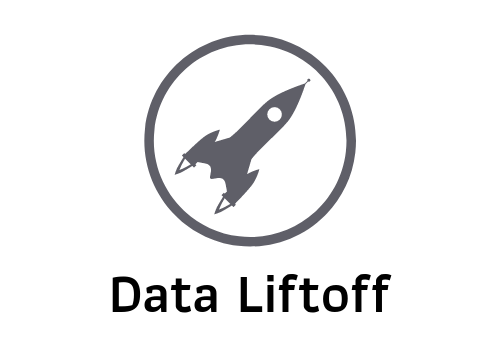Are You a Data Analyst? Learning SQL is Still Worth Your Time
Despite the continued improvement of analysis and visualization tools, in order fully unleash your potential as a data analyst, SQL should be a top skill in your tool belt. Without it, you’ll be subject to the bottleneck of your data engineering team and hemmed in by the limitations of drag-and-drop tools.

SQL is Still Going Strong in 2019
That’s right. Not only is SQL still around, but the data warehousing and database platforms that are leading the charge all support some dialect of SQL. Maybe your company is using a traditional relational database such as Postgres, Microsoft SQL Server, or MySQL for data warehousing. Or perhaps they have invested in a MPP database cluster such as Amazon Redshift, Azure SQL Data Warehouse, or Snowflake. Either way, SQL is your window into the data.
Visualization Tools Write SQL, but With Limits
Whether you realize it or not, it’s likely that your drag/drop visualization tool is writing SQL under the covers. Unless you’re connecting to a specialized dataset, Tableau, Looker, and others are writing and executing SQL queries each time you drag a dimension or measure out onto a chart, or filter your data.
While it’s great that these tools empower more people to analyze data, you’ll soon feel limited by them. You’ll find yourself hacking together custom metrics and complex filter sets that are hard to keep track of. What happens when it comes time to determine why you’re seeing a particular trend? Which customers are involved in that? Are they new or long time members of your service? Of course you can go back and ask your data engineers to modify the datasets to allow you to answer those questions, but how long will that take?
Become an Informed Partner to Your Data Engineers
Another benefit of your new-found SQL literacy is the ability to have more informed conversations with your data engineering team, or whoever is delivering and transforming the datasets you’re analyzing. When all you know is what’s in your analysis tool, your requests for new data points or improved query performance are often vague. Once you’re in the data yourself, you’ll be able to more specifically speak to what you need as well as experiment with performance of different queries.
Learning SQL Isn’t Hard – Just Start!

As far as programming and scripting languages go, SQL is one of the easiest and most accessible out there. There’s no need to learn every nook and cranny to be a solid data analyst. You’re not managing your data warehouse on your own, so stick to the basics and learn as you go.
A few tips and resources to get you going:
- Don’t get caught up worrying about a particular dialect of SQL. If your company uses MySQL, learn that. If you encounter a Postgres database down the line, it will take little effort to adapt.
- Find real data at your job, or a robust sample database to learn on. You’ll get bored fast reading through sample queries that reference generic data.
- If you’re learning on the job, ask your more technical co-workers for some SQL scripts they use often. Use those queries as a starting point and modify them to see what happens. You’re not only learning SQL but also the structure of the database, so any existing scripts serve two purposes. (NOTE: If you’re worried about “breaking” anything, talk to the whoever manages access to the database and ensure you don’t have rights to delete or modify data you shouldn’t)
- If you’re already using an analysis tool such as Tableau, build a chart and then try to replicate the results with a SQL query on your own. It’s a great way to check your results as well as come up with ideas to try out.
- Whether or not you have access to a database at work, there are many online resources (most free) to get you started.
